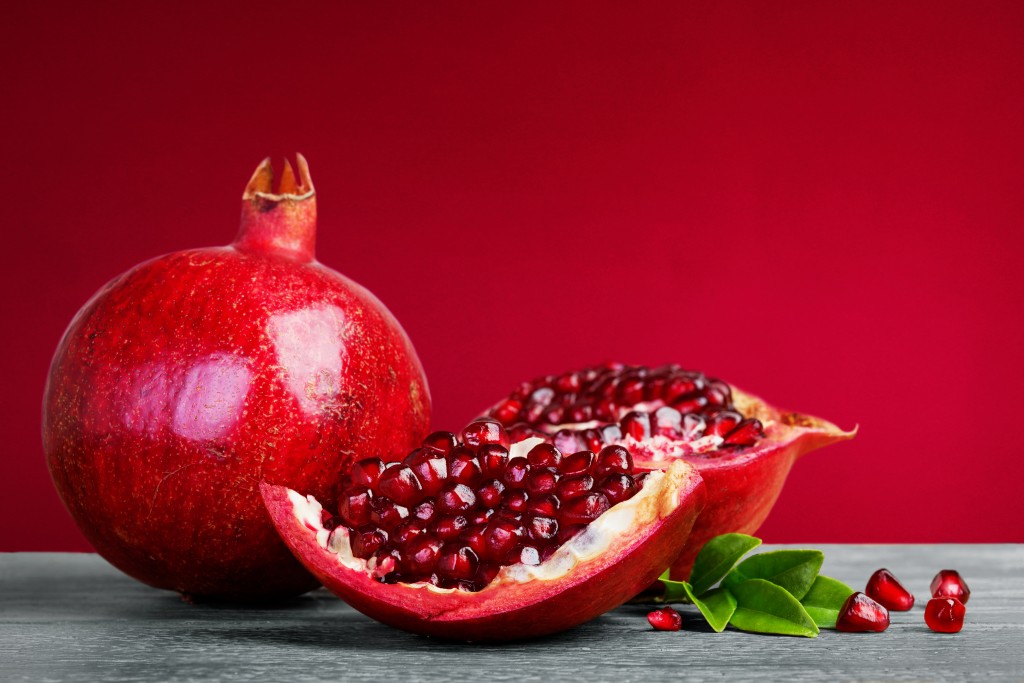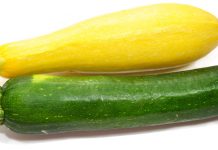[dropcap]Pomegranates[/dropcap] may be known as the jewel of autumn, but they’re in season from October until January – long after the temperatures drop in Oklahoma. If you haven’t already been working fresh pomegranates into your diet, it’s worth looking at the benefits of one of the healthiest fruits available.
Pomegranates are considered a superfood because of their high nutritional value, according to the Pomegranate Council, a nonprofit organization headquartered in California. They’re high in vitamin C and potassium and a source of fiber for your diet. They also contain large amounts of three different antioxidants – tannins, anthocyanins and ellagic acid – and are low in calories.
The aril of the pomegranate, the edible part of the fruit, is encased within a bitter rind and white membrane. The arils contain seeds but can be eaten whole, depending on your preference. You can eat them fresh or use them for cooking – arils can be used to top salads or desserts, and the juice can be used as a glaze or marinade for entrees.
If cooking isn’t your thing, pomegranate juice is an easy way to get all the nutritional value – juice it yourself and drink it straight or mix it with anything from a morning juice blend to a margarita.


























